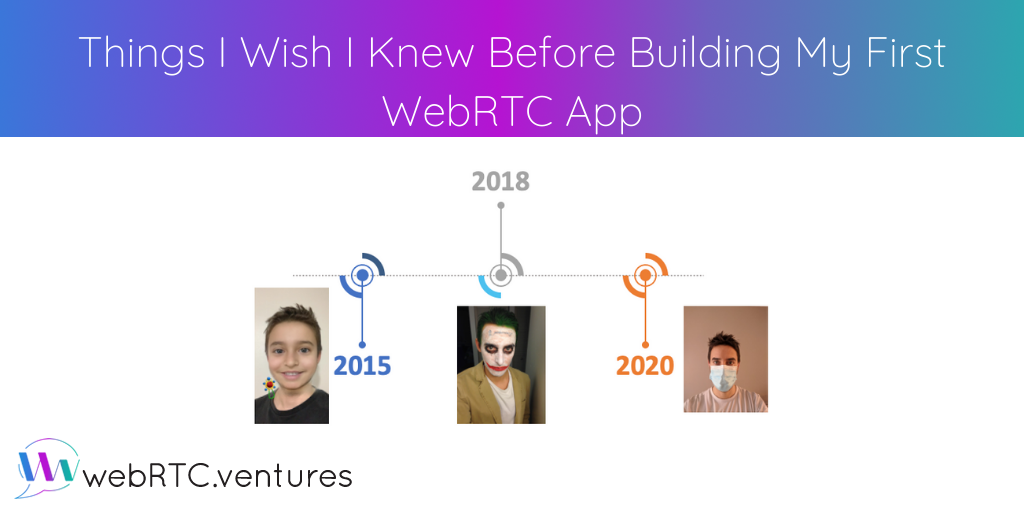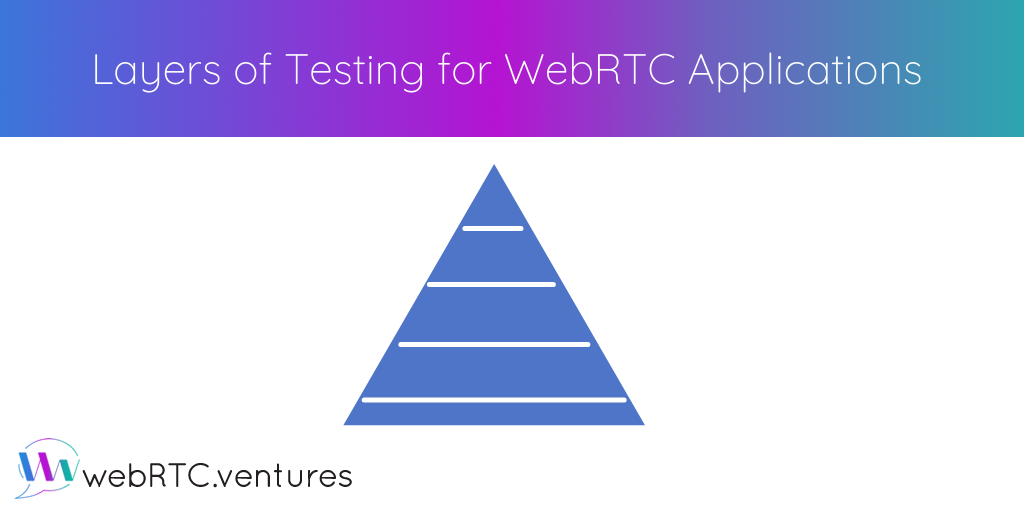
When choosing your WebRTC application architecture, there are trade-offs between going with a native application against the standard, an open source media server, or using a commercial CPaaS platform. There are, however, some simple rules you can follow to lead you to the right decision for your use case.

WebRTC.ventures Senior Engineer Alberto Trastoy Gonzalez learned the hard way that WebRTC based applications are different from other web applications. WebRTC carries a unique set of challenges around interoperability, scaling, networking, security, testing, and debugging.

A WebRTC app needs to work on a variety of platforms, in different hardware and network configurations, and at various levels of user load. Testing is not as simple as buying a single tool or adopting a single methodology. It requires layering a variety of techniques, as well as expertise that most teams don’t have.

What exactly is WebRTC and how are the peer-to peer, real-time communication video, audio, and data channels it enables used in different industries such as video conferencing, contact centers, telehealth, insurance, in-context communications, dating and social media, gaming, IoT, and more? Let’s find out.






